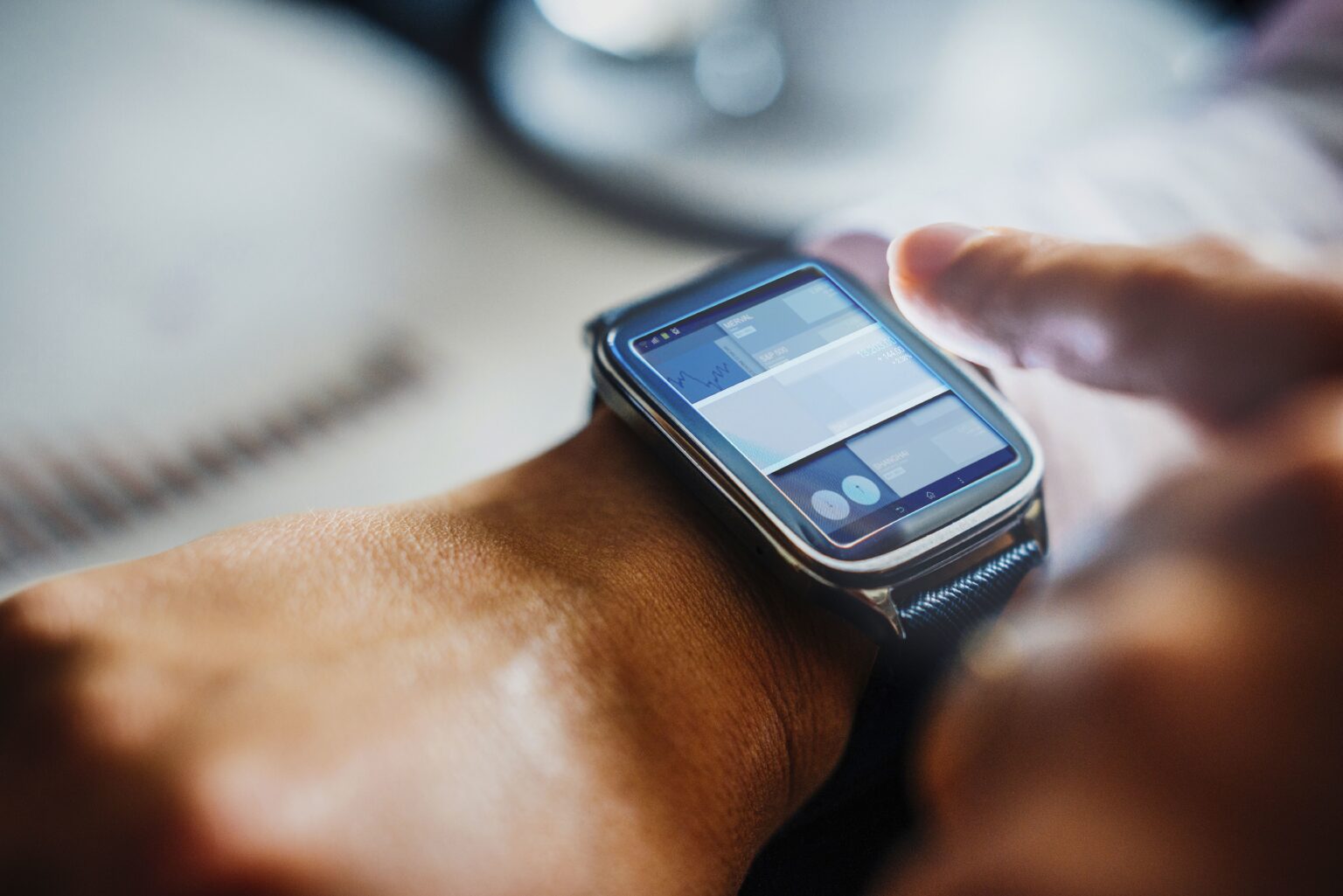The Internet of Things (IoT) is changing our lives, often without us even knowing or realising it, thanks to its broad reach across so many applications and technologies. Your Apple Watch? That’s part of IoT. Google Home? Yup, that’s an IoT device too. Even the entire city of Barcelona is made up of IoT devices. Over the last few years, IoT has quietly taken the world by storm, and it isn’t slowing down anytime soon. In fact, by 2020 there will be 31 billion devices connected to the Internet of Things. To put things into perspective, that’s more than three IoT devices for every person on earth. IoT is all about creating a seamless, connected world where simplicity, security and peace of mind go hand in hand. Consumer IoT or CIoT refers to the Internet of Things in the context of consumer applications and devices.
CIoT applications can range from very simple and inexpensive ones, such as personal fitness devices, to high-end smart home automation applications and often overlap with those in more industrial and business-oriented situations. IoT is transforming the everyday physical objects that surround us into an ecosystem of information that will enrich our lives. From refrigerators to parking spaces to houses, CIoT is bringing more and more things into the digital fold every day. IoT devices include anything that can connect to the internet to send and receive data. And it turns out that almost anything can be connected this way.
There are IoT coffee machines that send out alerts when you’re running low on coffee. IoT connected beds monitor your sleep and adjust the temperature to optimise your sleep patterns. Other practical applications of IoT include connected cars that can drive and update themselves and Amazon’s dash buttons that allow customers to reorder everyday products like dishwashing liquid or razor blades at the touch of a button.
How does CIot affect us?
Wearable technology: Over the last few years, fitness trackers and wearable tech have become a go-to fashion accessory for trendy, health-obsessed millennials. And tracking your exercise and sharing it online wouldn’t be possible without the tech found inside those shiny new trackers. For more info on fitness trackers and smartwatches, take a look at our list of the best wearable tech of 2018.
Home security and smart home: Comprehensive home security is a major area where CIoT is becoming more and more important. If you’re taking the plunge and setting up your smart house, take a look at our handy guide to networking your home and/or office.
Personal Trackers: A new range of smart devices for your home and on the go lets you keep track of the things you care about, all from your smartphone. Personal trackers range from Pet Trackers to Children’s smartwatches, which give up to the minute info on your child or pets location throughout the day.
Healthcare and IoT: Linking healthcare providers and patients, personal healthcare has become a major area where the benefits of CIoT are reaped extensively. As the first South African network to offer mobile health solutions, Vodacom is aiming to provide more affordable healthcare through apps and devices – all powered by a fixed mobile convergence. They have created a number of partnerships with various healthcare solution providers to enable screening, monitoring and reporting using Connected Health Devices. As a result, Vodacom’s investment in health solutions will see mobile health workers, schools, clinics and other facilities around the country receive better access to healthcare services such as disease screening and identification, laboratory testing, logistics and cold chain management, especially at the Primary Care Level of service delivery.
Find out more about how IoT and Artificial Intelligence are enhancing the medical industry.



